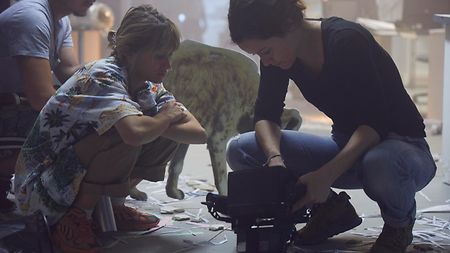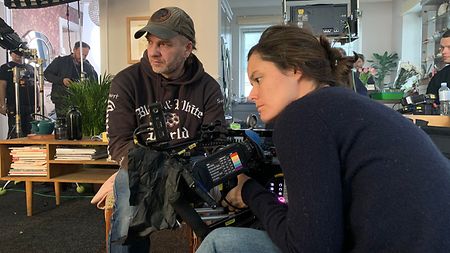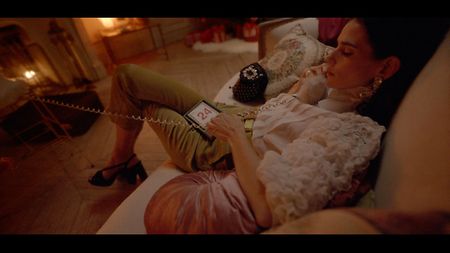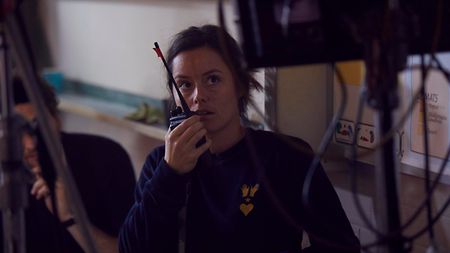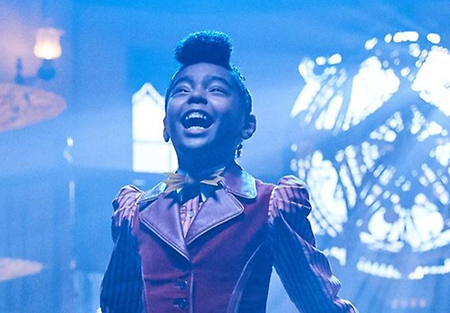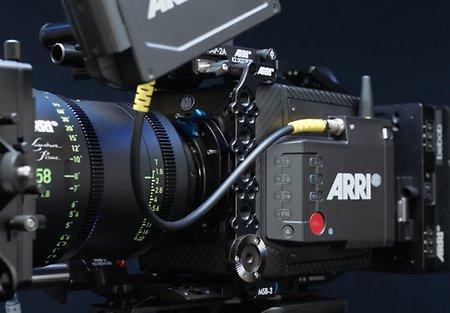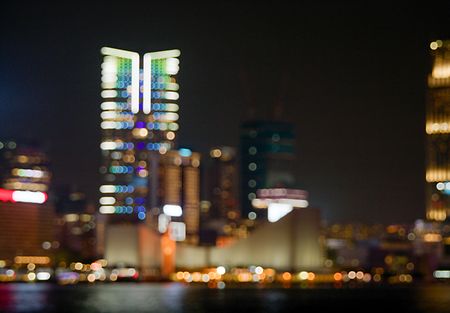In her short, professional tenure, Mélodie Preel has already been able to forge a very successful path in the industry. Born and raised in the suburbs of Paris, Mélodie graduated from film school with a specialization in cinematography before evolving to a camera assistant and later to director of photography. In the past two years, she has already established herself in advertising where her work recently received two Stratégies Awards, a benchmark in France for great achievement in the disciplines of marketing, communications, and media.
We caught up with rising star cinematographer Mélodie Preel who continues to choose ARRI’s large-format camera system for her work. She shares with us her use of the ALEXA LF camera with the Signature Prime lenses and, more recently, her experience with the ALEXA Mini LF.

